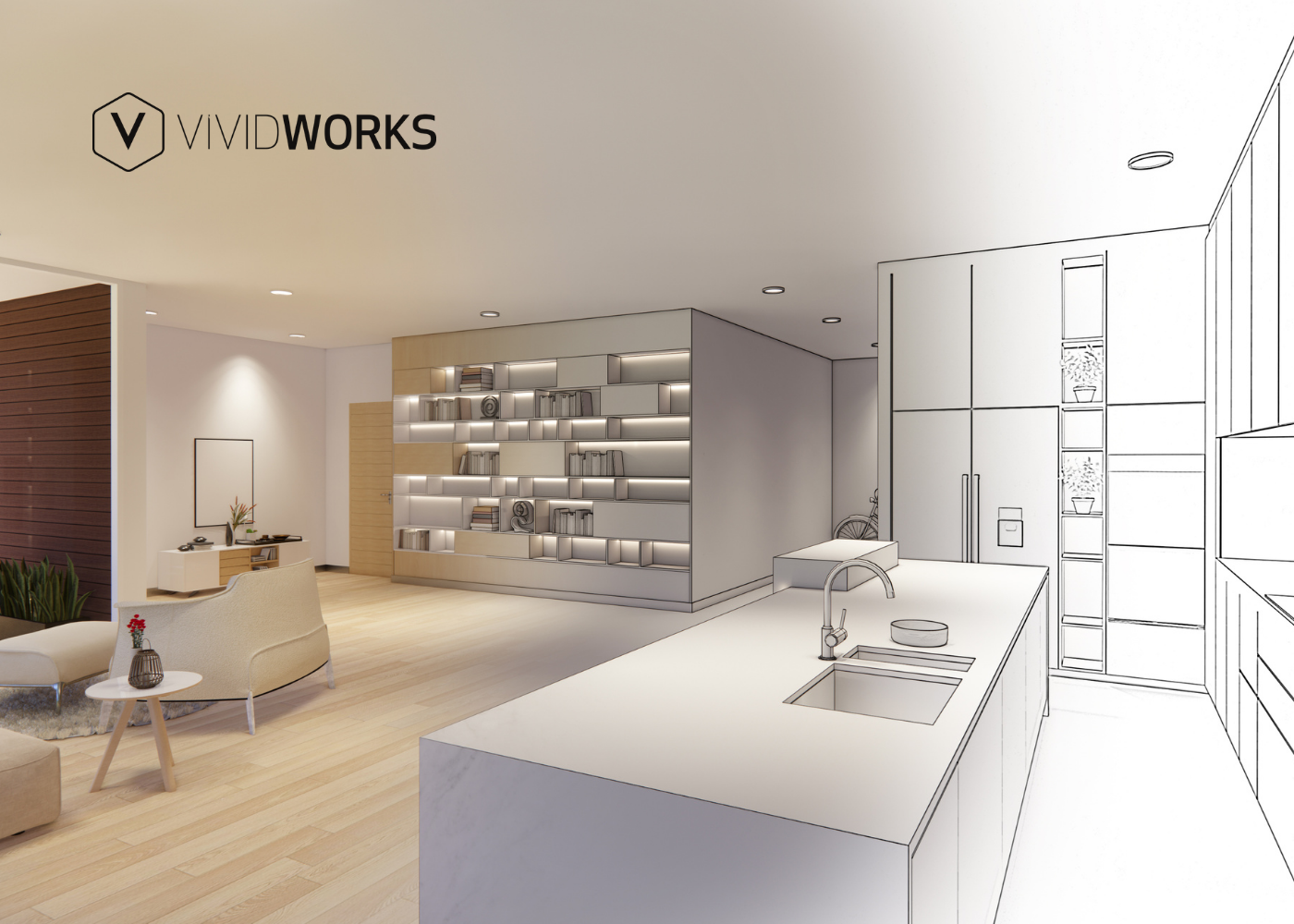As we have worked closely with the Nordic furniture industry for over a decade, we wanted to create a survey to help take the pulse of the industry. We saw the survey as a potential opportunity to better understand and learn about our customers, the changing business environment and to see what the near future might look like for all of us.
We acknowledge that this was not an extensive survey but we believe the results represent an accurate sample of the industry. Thank you to those who gave their specialized and valuable input, and their time. We invite you to continue reading and learn about our findings.
Web shops are the new normal
Possibly the most business critical finding was that every single respondent’s company has already implemented a web shop or digital lead generation tools, or are in the process of implementing them. In addition, e-commerce and digital lead generation tools are considered to be important or the key focus for the Nordic furniture segment for the next 2-3 years.
A web shop on its own, however is not a recipe for success. Turnover from web shops in the companies surveyed was reported to be at most 20% of revenue, which indicates that in-store shopping is still important. It also might indicate a hybrid model or brick-and-click, combining online browsing, in-store consultation ending in an online purchase.
Demand for digital tools
Furthermore, while simple, small and cheap products might be easy to sell via a web shop, larger or complicated products may not be accurately displayed as a tiny model. This is where other digital tools may help and even perform double duty giving support to sales via e-commerce and brick and mortal sales. In fact, two thirds of respondents believe that if they had the possibility to visualize products via digitalization if would help them to improve sales, which makes sense as two thirds of respondents also claim that their customers often or always want customized products.
Brick and mortar is here to stay
Digitalization doesn’t only mean web shops but could help/assist brick and mortar sales as well. 100% of respondents admitted that they can’t visualize all the options in store. This can sometimes lead to relying heavily on small and vague samples and catalogs, with the hope that they are up to date. The vast majority of respondents disclosed that they are not able to visualize all the product combinations, and that if could do so, it would help their customers to decide and also speed up the buying process.
Eyes to the future
The pandemic has brought turbulent times and has also accelerated some changes, bringing them to the forefront. It’s maybe no surprise that most respondents think that the pandemic has changed their view on how to reach customers and also that buying behavior has changed. The findings show that online sales are increasing and companies are looking more at implementing online solutions since the pandemic started.
Pivot to visualization tools
The study found that nearly half of companies surveyed are now focusing on product visualization tools. In addition to 3D technologies, half of the companies report to be looking into or are even already using Augmented and/or Virtual Reality as part of their sales strategy. This might indicate a growing customer demand for these technologies.
Other key areas identified as areas companies are looking to streamline are automation and order-to-delivery. In addition, as much as two thirds of respondents admitted they would like to simplify their processes, signaling that there is room for new solutions.
Even in these uncertain times, all of the respondents think the future looks positive and expect turnover to only increase during the coming years.
Table of Content
-3.avif)
Streamline your process today!







